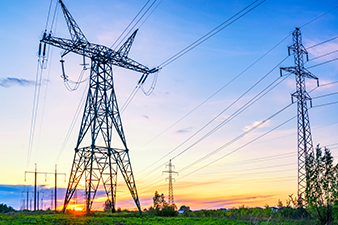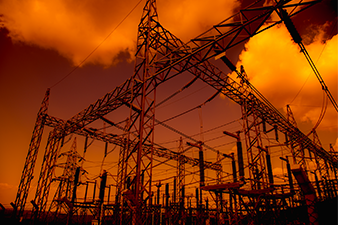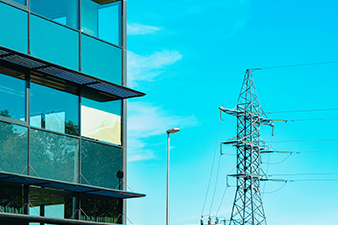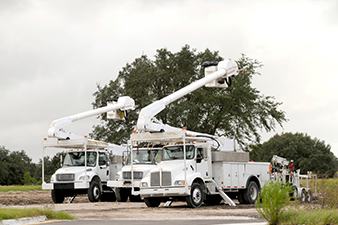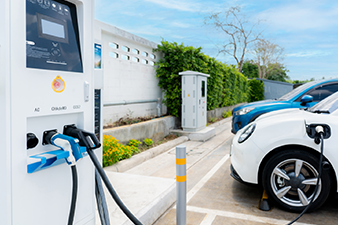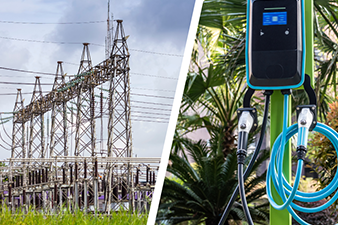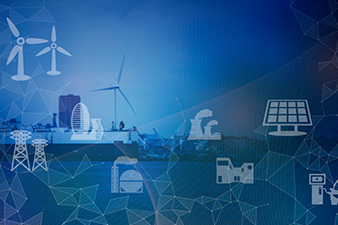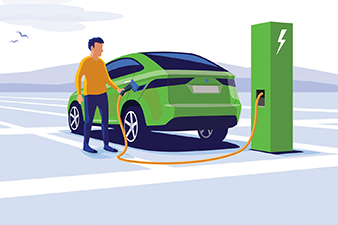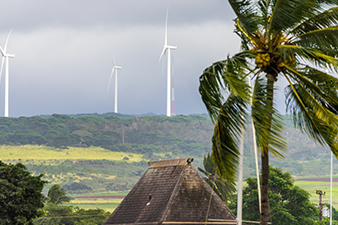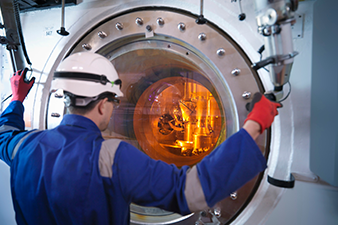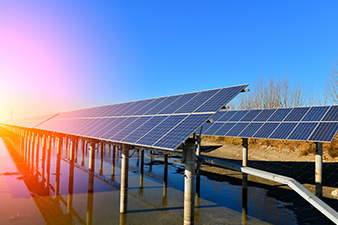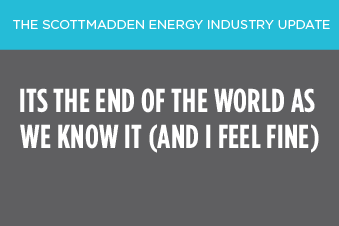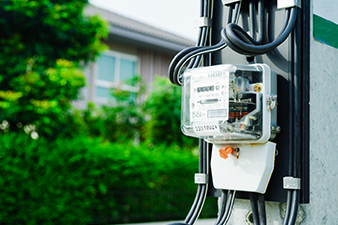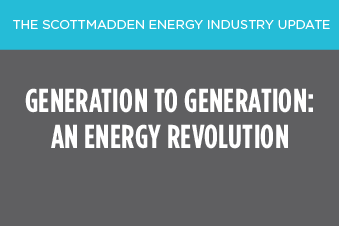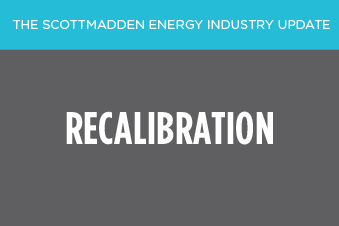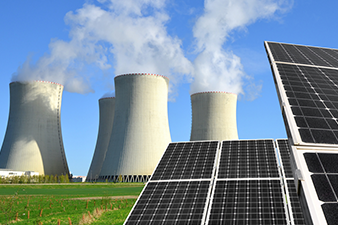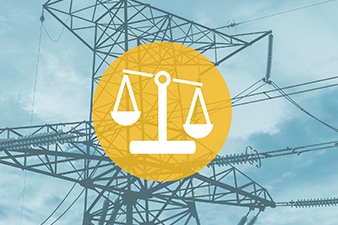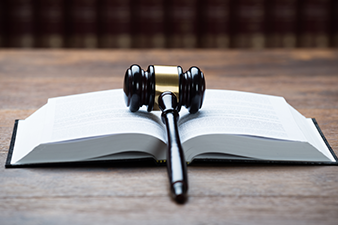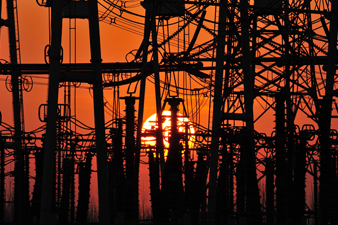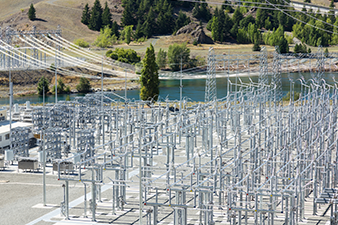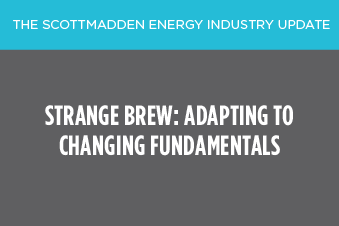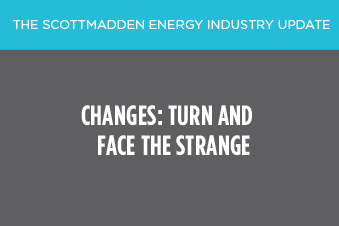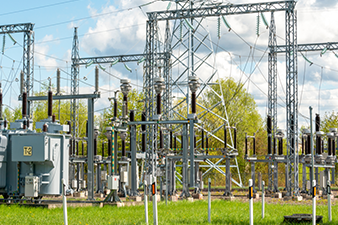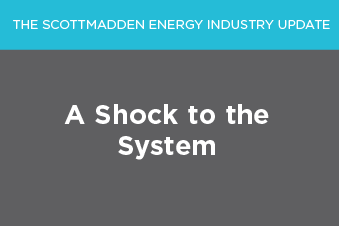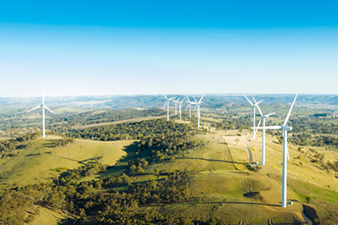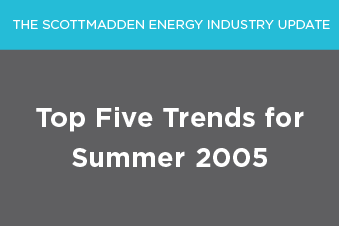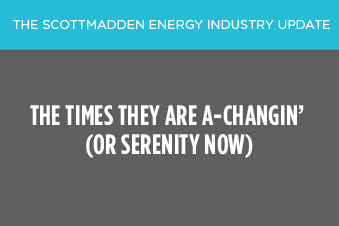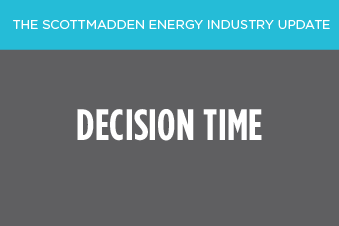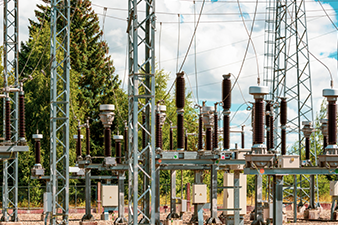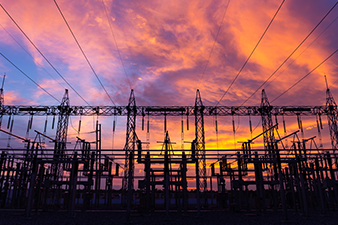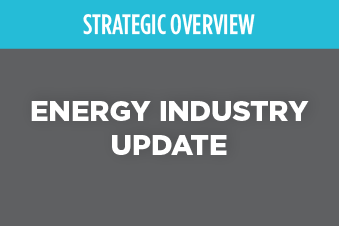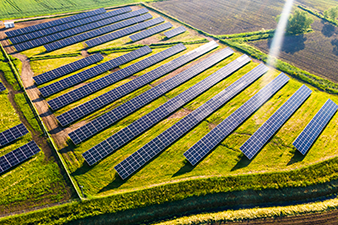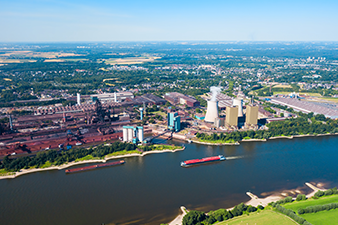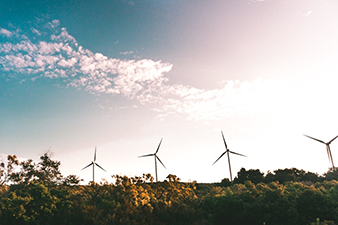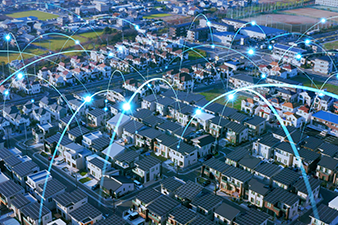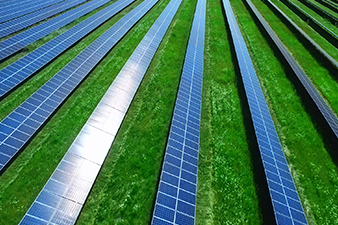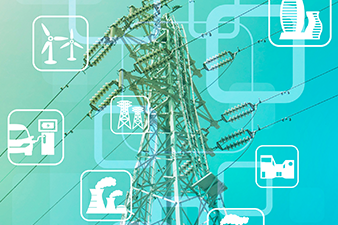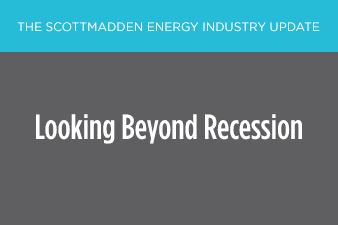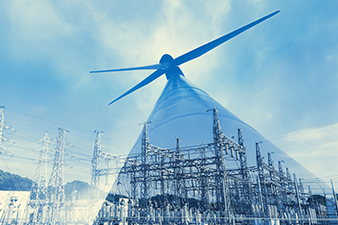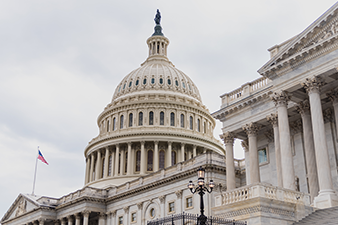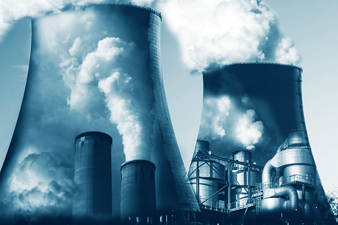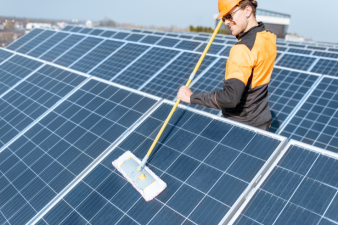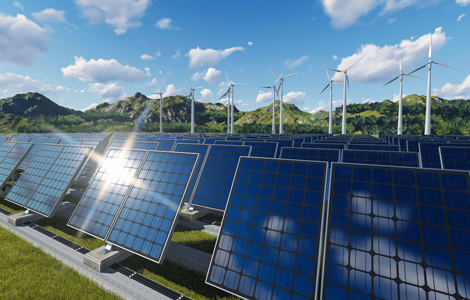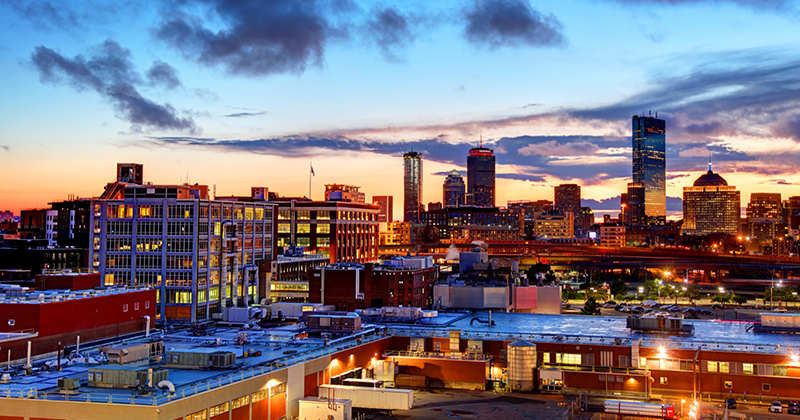
The Commonwealth of Massachusetts (Commonwealth) committed to a target of net-zero emissions by 2050, which was codified in legislation in March 2021. In addition, the Massachusetts Executive Office of Energy and Environmental Affairs (MA EEA) published its 2050 Decarbonization Roadmap (the Roadmap) along with six supporting technical reports. Together, these planning tools outline various pathways (below) that include what the MA EEA describes as cost-effective and equitable strategies to ensure the state meets the greenhouse gas emissions (GHG) reduction goals of 85% reduction by 2050 and net-zero emissions.
To keep on track with its long-term goals, Massachusetts also announced a 2030 GHG emissions reduction goal of 50% below 1990 levels, and it recently released its interim Clean Energy and Climate Plan for 2030, which outlines near-term strategies to meet the 2030 GHG reduction goal.
On March 26, 2021, Governor Baker signed the new law, Senate Bill 9 “An Act Creating a Next Generation Roadmap for Massachusetts Climate Policy.” This act codifies into law the Baker-Polito Administration’s 2050 net-zero commitment. This law establishes new interim goals for emissions reductions, creates voluntary energy-efficient build codes, and allows for 2,400 MWs of offshore wind procurement by 2027.
MA EEA Pathways Context:
- To determine the roadmap plan, the MA EEA conducted an “integrated, cross-sector energy system analysis exploring eight distinct emissions reductions’ pathways to 2050, each capable of supporting the achievement of Net Zero emissions statewide in 2050.” [1]
- Each different pathway contains similar strategies, such as electrification of transportation and buildings, significant energy efficiency, and the adoption of renewable generation. Differentiation among pathways consists of variations in the extent to these and other strategies are pursued (described in the table below).
- According to the Roadmap, projected decarbonized energy system costs are not significantly higher (i.e., less than 7% greater) than the estimated costs associated with a 2050 business-as-usual fossil-based system.

Strategies to Achieve Net Zero
The Roadmap outlines several strategies to achieve the 85% GHG reduction by the 2050 goal. These strategies are included, in varying degrees, across the different pathways.
- Light-Duty Transportation – This includes switching from light-duty fossil fuel vehicles to zero-emission electric vehicles in an accelerated manner while also enhancing public transportation options.
- Medium- and Heavy-Duty Transportation, Aviation, and Shipping – Various technologies, such as battery-electric, hydrogen fuel cells, and zero-carbon fuels, will need to be adopted.
- Residential and Commercial Buildings – Two main components include electrifying building energy use by installing high-performance heat pumps and other electric appliances and making buildings more energy efficient. For more on utility energy efficiency programs, see our article “Six Keys for Utilities to Successfully Scale Energy Efficiency Programs.”
- Electricity and Energy – Electricity supply will be decarbonized largely through the deployment of renewables and fossil fuel generation retirements; improved electric transmission and distribution systems will be needed to support increased regional trading and dispersed resources.
- Non-Energy and Industry – Tighter emissions standards and increased efficiency standards for industry, agriculture, solid waste, and wastewater, along with limits on hydrofluorocarbon sales, will be needed.
- Natural Carbon Sequestration – Strategic management of forests and other natural and working lands will be needed to enhance carbon sequestration while also developing sequestration accounting and market frameworks.
- Additional Carbon Dioxide Removal – Natural carbon sequestration from neighboring states, along with possible mechanical and other carbon dioxide removal technologies, will be needed.
The following chart depicts the MA EEA comparison of current estimated energy consumption by customer segment to the forecasted 2050 energy consumption under the All Options Pathway. As illustrated by the chart, to achieve the targeted reduction of 45%, the transportation segment declines by 56%, and the residential consumption declines by 51%.
Energy Demand by Sector (TBtu)

Key Observations from MA EEA Roadmap:
- Electricity generation will more than double by 2050 to meet the demands of increased end-use electrification, requiring high wind and solar deployment levels.
- An average of nearly 100,000 homes each year will install heat pumps or other renewable thermal systems for the next 25–30 years (out of a total of 2.9 million housing units in the Commonwealth as of 2019).[2]
- The dramatic decline in overall transportation energy consumption is driven by the assumption that electric drivetrains are approximately three times more efficient than internal combustion engines from a final energy perspective.
- All Pathways (except the No Thermal pathway) include some pipeline gas used for power generation.
- In all modeled pathways, importing net‐zero carbon fuels to supplement domestic fuel production commences only after 2040 because of the high assumed cost of these fuels
Massachusetts Decarbonization Ecosystem

While this Roadmap is specific to Massachusetts, as an early mover in developing various pathways and sector analysis, the Commonwealth’s approach may provide a framework for other states developing GHG reduction plans.
More Information
This report is part of the Grid Edge Minute series. To view all featured Minutes, please click here.
Additional Contributing Author: Sarah Vondracek
